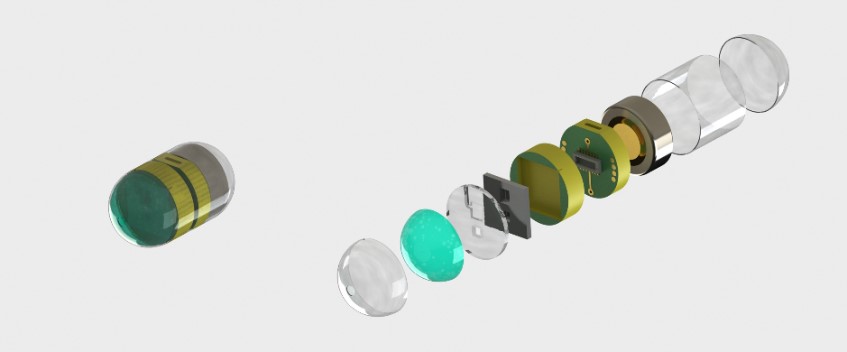“e-Pille“ – An innovative approach to tracking drug absorption and optimizing drug therapy
Fraunhofer launches a new research project, the „e-Pille“, designed to streamline the formulation of new drugs for oral delivery.

After oral ingestion, most drugs are absorbed into the body better from some areas in the gastrointestinal tract than others. For the formulator, it is very helpful to know where the best sites for absorption are located so that formulations can be designed to optimize uptake and thus fully realize the therapeutic potential of the drug.
In the past, laborious and uncomfortable intubation studies have been used to map out the permeability (ability to be absorbed) of a new drug along the gastrointestinal tract.Specifically, sites deep in the gastrointestinal tract, such as the ileum or even the colon, are time-consuming and difficult to reach with these techniques.
As an alternative to intubation, an electronically controlled capsule can be used to trigger release of a test drug by an electronic signal at the desired site in the gastrointestinal tract. Although such capsules have been designed before, they have been quite bulky and thus challenging to swallow. By miniaturizing the components and integrating them with innovative techniques, Fraunhofer scientists from three Institutes (Fraunhofer ITMP, EMFT and IZM) plan to reduce the size of the capsule to about the size of a multi-vitamin capsule and at the same time secure precise, accurate and reproducible dosing of the test drug. The running title of the project is „e-Pille“ to reflect the electronic control of the localization and release of the test drug, along with the ease of administration offered by a ”pill“ of normal size.
After validating the “e-Pille” for permeability studies, the next phase of the project will be to utilize the electronic control of drug release to tailor the release pattern of a drug according to its therapeutic goals and pharmacodynamic properties. Implementation of this phase will usher in a new paradigm of oral drug therapy.
For further details, please contact the project‘s principal investigator, Prof. Dr. Jennifer Dressman (Fraunhofer ITMP).
 Fraunhofer Institute for Translational Medicine and Pharmacology ITMP
Fraunhofer Institute for Translational Medicine and Pharmacology ITMP